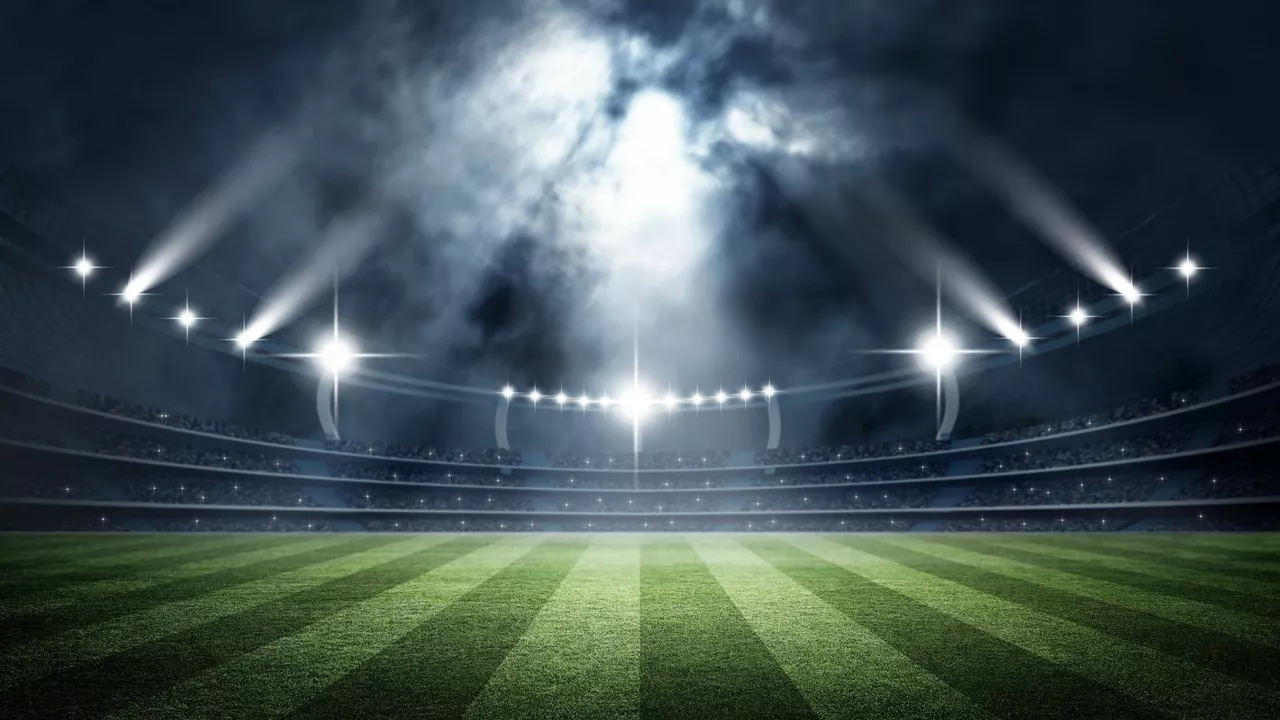Wet Field Soccer Tips: Play Safe and Win on Slippery Grounds
Rainy days can turn a perfect pitch into a muddy mess, but that doesn’t mean you have to sit out. Knowing how a wet field changes the game helps you keep control, stay injury‑free, and still make the most of every chance.
Adjust Your Game Plan
When the grass glistens and the ground is soft, the ball behaves differently. It rolls slower, bounces lower, and can skid unpredictably. That means you should simplify your passing – short, flat passes reduce the risk of the ball slipping away. Switch from intricate dribbles to quick one‑two combos and keep the ball moving horizontally rather than vertically. Defenders can also use the slick surface to their advantage by stepping up and forcing the attacker to make a sudden change of direction, which is harder on a wet pitch.
Set pieces become a bigger deal, too. A wet field can make a free‑kick bounce oddly, so practice striking the ball with a bit more power and a lower trajectory. Goalkeepers should expect the ball to skid under the crossbar, so stay on their toes and watch the edges of the net closely.
Gear Up for the Elements
The right boots make a massive difference. Look for cleats with longer, metal‑tipped studs that can dig into soft ground. If the field is heavily water‑logged, consider a hybrid cleat that mixes longer studs with some shorter ones for better balance. Keep your socks and shin guards dry – damp gear can cause blisters and make you slip more easily.
Don’t forget a light, water‑resistant jacket if you’re playing in a drizzle. It keeps your core temperature stable and prevents muscles from tightening up. A simple towel in your bag to dry your hands before a throw‑in can also improve grip when the ball is slick.
Injury prevention is key on a wet field. Muscle strains happen more often when the ground is uneven, so warm‑up longer than usual. Include dynamic stretches, short sprints, and agility ladders to get your joints used to the extra slip factor. If you feel a twinge, pause – a small check now stops a big problem later.
Finally, stay aware of the referee’s signals. Officials may call extra time for a rain delay or even postpone the match if conditions become unsafe. Respect those decisions; playing on a dangerously soft surface can damage the turf and put everyone at risk.
In short, a wet field isn’t a roadblock – it’s a different kind of challenge. Adjust your tactics, wear the right boots, warm up thoroughly, and listen to the officials. Play smart, stay safe, and you’ll turn a rainy day into a chance to out‑think the opposition.
